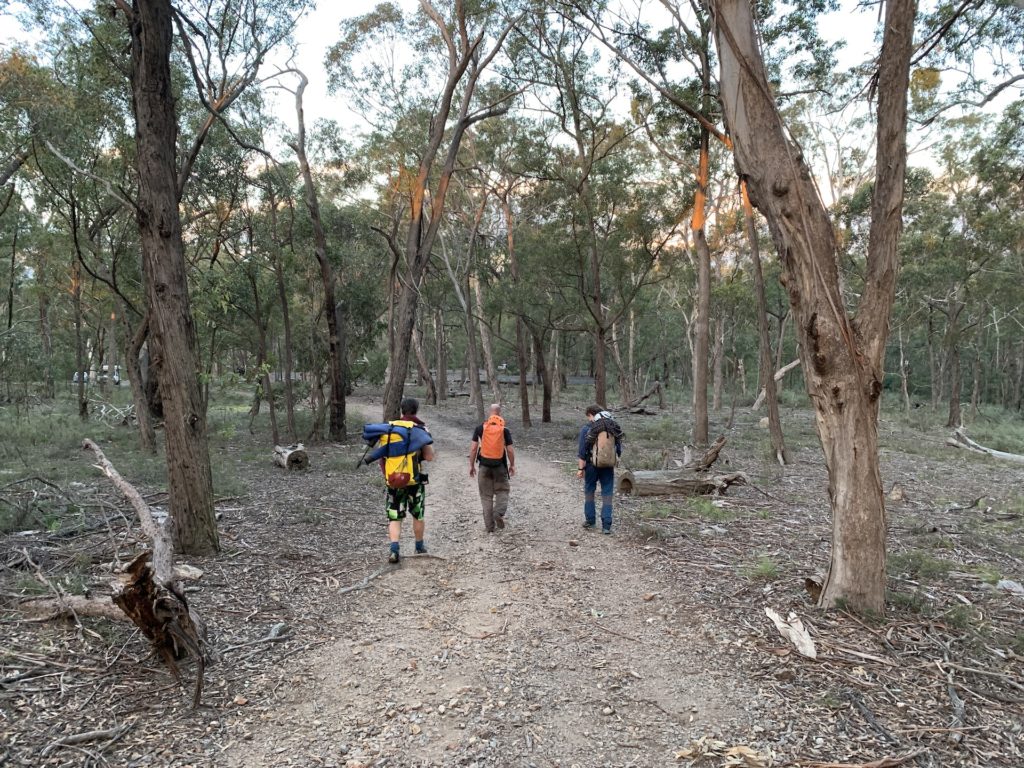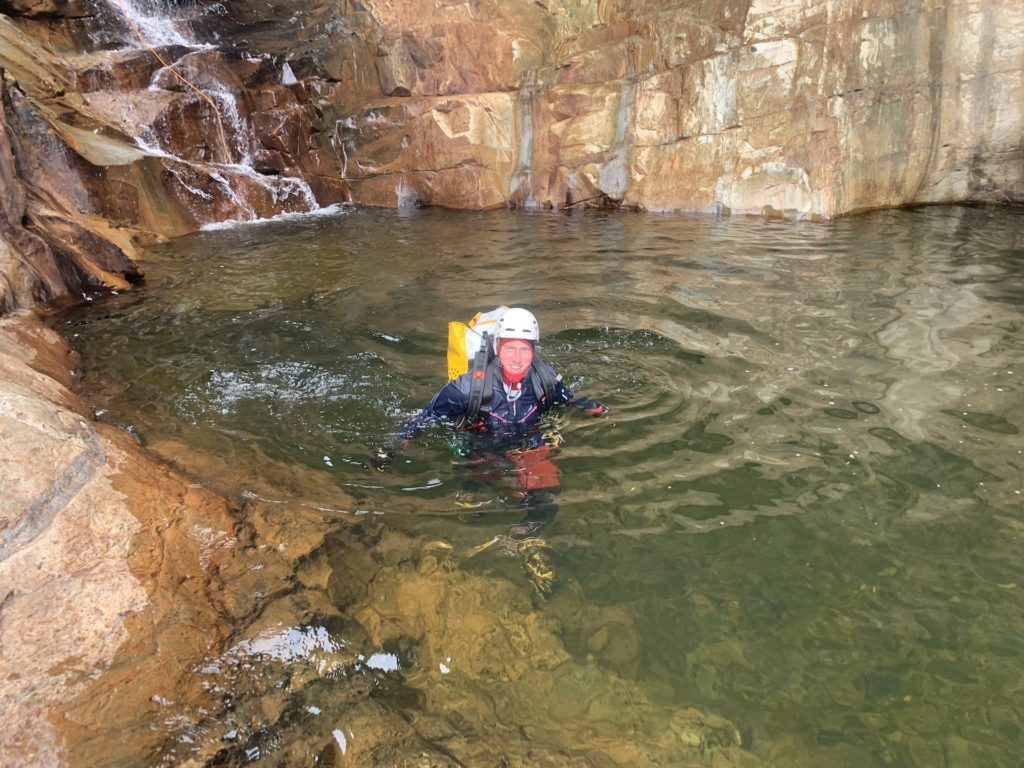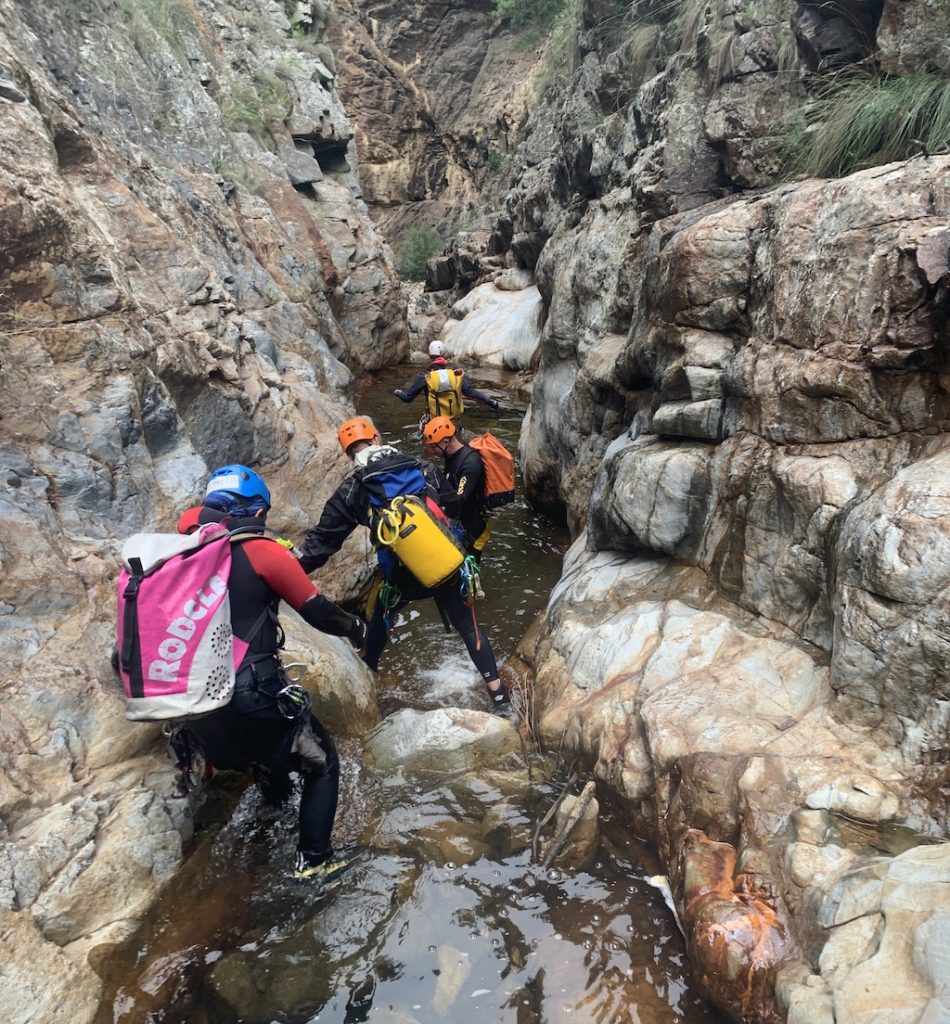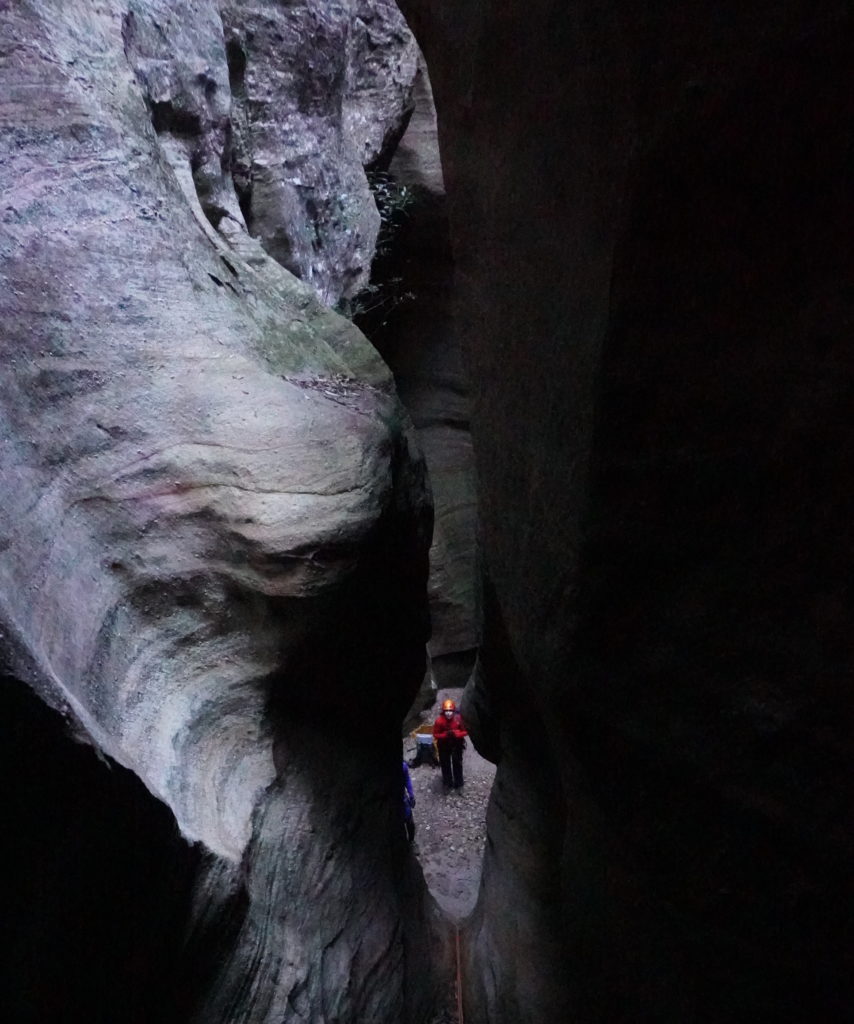Wondering if canyoning later in the season than normal is possible? According to Wejugo’s contributor Dan Slater, it absolutely is. Dan has quite the experience to share whilst tackling canyons at Bungonia, Glen Davis and Jerrara Creek. After reading, you’ll be sure to cocoon yourself in neoprene before you embark on this adventure:
It has been said* that Australians, as a nation, are scared of cold water. Not all of us, of course, but as generalisations go, this one is unlikely to attract much in the way of opposition. We’re spoilt with a glorious climate and some of the world’s best beaches, so who in their right mind would willingly plunge their body into near-freezing waters at the bottom of a dark and soulless crack in the depths of winter? Not many of us, that’s who.
In Australia, canyoning is very much considered a summer pastime. Many, myself included, don’t bother pulling out their harness until December, and then it may see six months or less of use. Of course there are exceptions – every year a group of Blue Mountains locals, led by the infamous Fat Canyoners, hold FreezeFest, a shortest-day weekend dedicated to getting colder than any Australian ever should. (They even try to squeeze in a night canyon just to prove just how bonkers they are.)
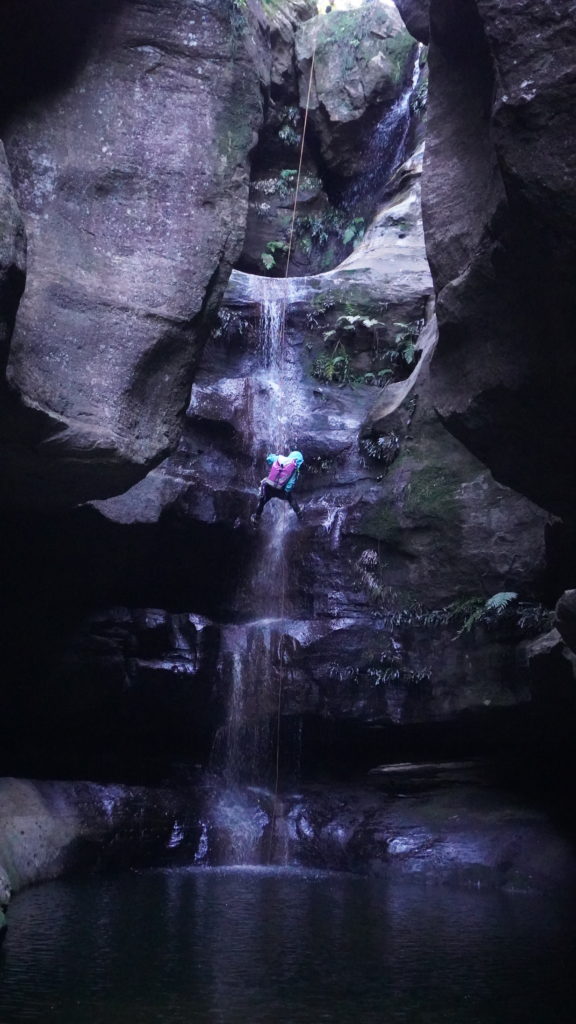
There’s nothing better than a cold, dark, wet abseil on a winter’s morning. 
Dan taking the plunge.
Tis the season to be freezing
Back in the realms of sanity, Blue Mountains Adventure Centre (BMAC), one of the major players in NSW canyon guiding, runs trips primarily in the spring and summer, opening its doors in September and running through to April or May. Throughout winter they limit their offerings to dry canyons, in which clients are unlikely to get more than their feet wet. In other parts of the world, this glorious sport is considered a year-round activity, so why don’t we stop being fair weather canyoners, step it up, and dive in?
First, some figures. It’s simply not possible to provide an average canyon temperature estimate due to the huge variations in microclimate, exposure to sunlight, and catchment area environment. Having said that, it’s fair to expect secluded, running creek water to be between 10-15°C in summer, although even within a single canyon, the temperature differential can be dramatic. Come autumn, the mercury will fall to single figures, but probably not by much. It’ll be grim initially, but your wetsuit’s thermal protection will soon kick in. When winter’s icy mantle settles over the land, you may be looking at 5°C and below, especially after a frosty night.
Mike Welling, founder and CEO of Wejugo, is a multi-pitch canyoning guide fully qualified in vertical rescue techniques, and has firsthand experience participating in canyon rescue. According to Mike, while the water temperature is definitely a factor, it’s the subsequent loss of body heat that poses the greater danger. A low ambient temperature will obviously accelerate this, but heat loss by convection is more serious. Even a light breeze can whip heat off a wet body. In this scenario it’s vital to keep moving. Waiting around, for instance for the rest of your team to descend the next pitch, or stuck behind a slower-moving group, is when you’re most at risk from hypothermia, and that can happen very quickly.

First steps into the foot-numbing water. 
The view down the aptly-named Coin Slot Canyon, a dry one, thank goodness.
Putting theory into practice
Wary of this being a purely theoretical exercise, the winter of 2021 saw me tackling wet canyons later in the season than ever before. I visited Bungonia at the end of May and Glen Davis the weekend before the winter solstice. During the first abseil in Jerrara Creek, standing horizontally in a short but fast flowing cascade, my feet were instant popsicles. It was unpleasant, sure, but I was more worried about being swept off my numb stumps and pummelled into unconsciousness by a tonne of liquid ice. To some degree, the sheer terror of the situation kept my mind off the cold, but when I reached the pool at the bottom and became fully submerged, I kind of wished I’d died. The sudden drop in core temperature made me forget how many limbs I had, never mind how to use them to propel myself to the other side.
Strangely, Bungonia’s open canyons were noticeably colder than the deep, dark slots in Glen Davis a couple of weeks later. I’d have expected the latter, having not seen the sun for perhaps months, to make Jerrara Creek feel like Surfer’s Paradise at Christmas, but they were actually a couple of degrees warmer. That didn’t mean I was all fine and dandy, no sirree, because – funny story – I hadn’t brought a wetsuit.
Foolish? Probably, but the fact is I’d been told Wowsers was a dry canyon, so I’d happily rocked up with a puffer jacket and beanie as the sum total of my thermal attire. Imagine my surprise when I realised I’d have to slide into, and swim across, an unanticipated sump of arctic frigidity. Pleasant surprise was not one of the emotions that flooded my brain at this moment. Nevertheless, it was what it was and I did what needed to be done. Possibly the only thing that saved me from hypothermia was my jacket. It’d been loose in my bag and fully submerged, but fortunately its down fill had been treated with a DWR (Durable Water Repellent) coating, so I just shook it out and pulled it on, and the shivering stopped in minutes. Lesson learned: no matter what your buddy/trip leader/godmother says, always be prepared for the wet.
The not-so-secret secret
And that’s the secret to winter canyoning, although it’s less a secret than a very obvious strategy – cocoon yourself in neoprene. The wetsuit is an integral piece of canyoning equipment and most participants wear one as a matter of course, even when it doesn’t seem necessary. The most popular styles for canyons are either the short sleeve/leg type, known as a spring suit, or full-length ‘steamers’. Both are usually thicker in the torso than the limbs, leading to split specs such as 3/2mm or 4/3mm. Throughout summer, a 3/2mm or 2/1mm should suffice, rising to 5/4mm or even 6mm+ for real reptiles. Be warned though – that sort of thickness can limit limb movement and make it hard to abseil, let alone react nimbly in an emergency.
Q: What’s better than one thick wetty? A: Two thin wetties. As in hiking, layering is key. For Jerrara Creek, I used my 3/2mm steamer with my 2mm springy over the top and merino thermals underneath, and after the initial shock, I was comfortable enough for the rest of the day. BMAC canyon guides carry extra thermal layers and a stove in case clients go into shock, although it’s usually more a mental than a physical reaction. If all else fails, relax your sphincter and release your inner warmth. [Disclaimer – this is a temporary solution only, best performed at least waist-deep in water to prevent looks of mild disgust from your fellow canyoners.]
*Just now, by me.
